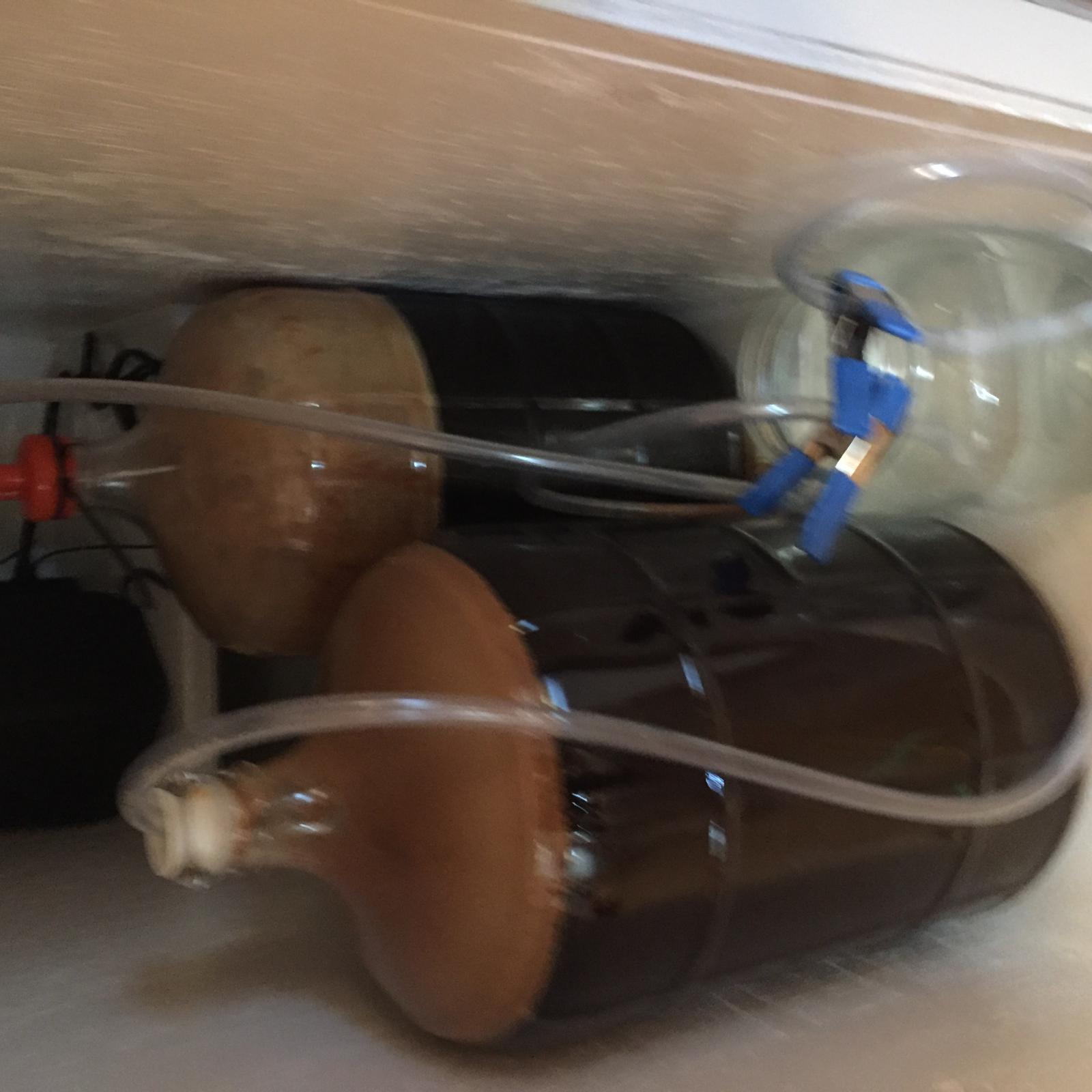Hello all
I am looking to make an extract trappist ale and I am looking for some advice in the recipe and process.
For my recipe I have:
9lbs pale malt extract
1lb Belgium Candi syrup
1oz Hallertau @90 mins
Whitelabs WPL500 yeast
Question on the recipe: Does this look about right or is there other suggestions?
As for the process I am thinking of starting with only 6lbs of extract to begin with and then adding the last 3lbs and candi syrup at the last 15mins of the boil.
As for the yeast, having never used liquid yeast before and reading up on the process i do have some questions. How big of a starter do I need to make in this situation?
I have a 2 liter flask and a stir plate on its way but wondering how much needs to be made in order for it to work.
Then comes the question of adding o2 to the cooled wort. Having never made a beer this big before, I have only ever shaken my carboy and at the moment do not have an air stone and pure o2 tank. I have seen other options of using an aquarium pump and stone but my concern would be that something could get into the wort using this method. Any advice here?
Thanks for all the help. Cheers!
I am looking to make an extract trappist ale and I am looking for some advice in the recipe and process.
For my recipe I have:
9lbs pale malt extract
1lb Belgium Candi syrup
1oz Hallertau @90 mins
Whitelabs WPL500 yeast
Question on the recipe: Does this look about right or is there other suggestions?
As for the process I am thinking of starting with only 6lbs of extract to begin with and then adding the last 3lbs and candi syrup at the last 15mins of the boil.
As for the yeast, having never used liquid yeast before and reading up on the process i do have some questions. How big of a starter do I need to make in this situation?
I have a 2 liter flask and a stir plate on its way but wondering how much needs to be made in order for it to work.
Then comes the question of adding o2 to the cooled wort. Having never made a beer this big before, I have only ever shaken my carboy and at the moment do not have an air stone and pure o2 tank. I have seen other options of using an aquarium pump and stone but my concern would be that something could get into the wort using this method. Any advice here?
Thanks for all the help. Cheers!







































